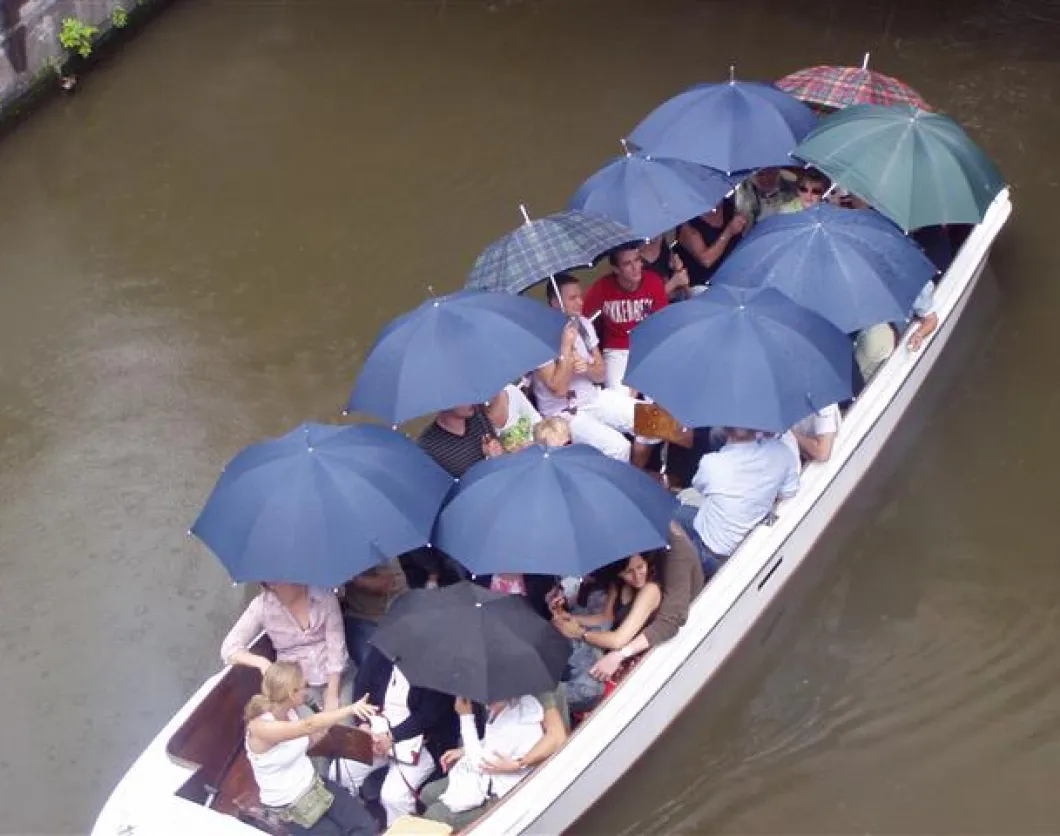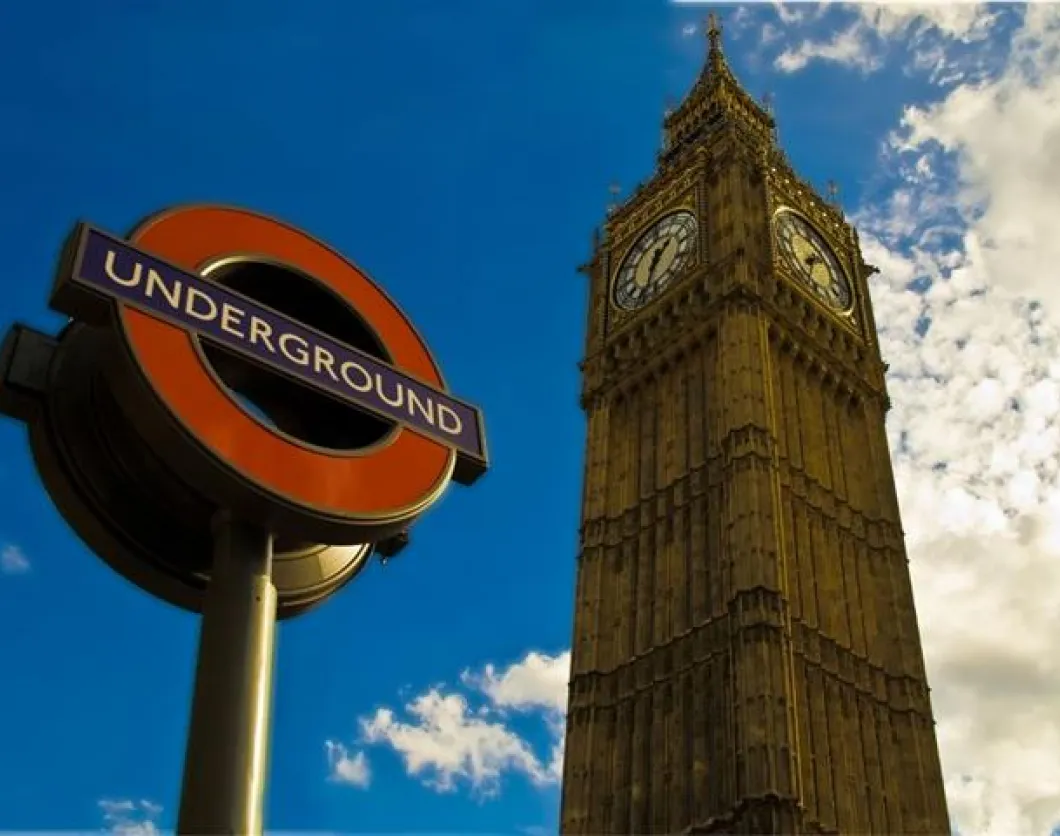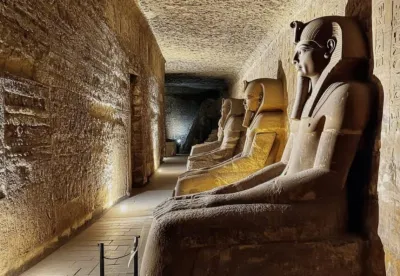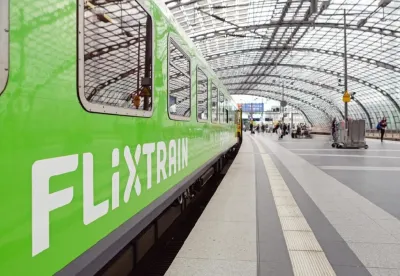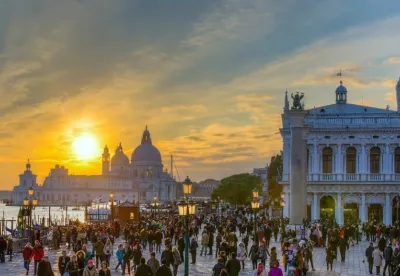Although public transportation is not foremost on a tourist's list when deciding on a travel destination, easily accessible public is valuable to any traveler. A new, yet already popular form of business is shared information, such as real-time 3D travel map apps, and combination packages, like those that combine accommodations with bike swaps and rentals, improve the traveler's experience and influence his or her choice of city destination.
The inconvenience caused by a growing amount of tourists in a city creates issues for the city's residents, especially during holiday seasons. Large groups of visitors put a strain on the city's living conditions and negatively affect the quality of its public areas and cultural hotspots. In response, the residents and business owners in some cities have left the city's center. However, the viability of the tourism sector brings income for many cities, and the demand for transportation can create jobs if the market offerings are structured appropriately. When tourists arrive at the destination, they tend to rely on public transportation to make their way around the city. With city marketing, tourists are distributed over a larger geographic area that spans beyond the city proper.
Cities are losing their ability to control the congestion in parking areas and on local roads due to private travel and coaches. In particular, old inner cities in Europe need a way to guide the traffic from one-day visitors and coaches out of the cities' historical areas to public transport transfer hubs. In Western Europe, multiple-day tourists are looking towards railroad, water and air travel in order to avoid using private transportation in unfamiliar places. Some cities in this region are creating route guides for coaches to reduce the heavy traffic to city attractions. London, Paris and Barcelona have light rail or metro systems, so travelers do not have to drive their car within the city. Although public transportation allows a city to become more able to handle mass tourism, it has not adequately adapted to the tourism market. There is a need for merging professional city marketing into the city's regular transport system. Comprehensive and affordable visitor transportation must be a priority for the local transportation system.
Popular tourist cities understand that sustainable travel facilities should be put in a niche product to make transport options attractive to environmentally conscientious visitors. Some cities only permit electric-powered and well-to-wheel buses. In Amsterdam, vulnerable areas of the old city are becoming less clogged by coaches due to mandatory routing, restrictive time slots and access limitation zones. Transport via water is an under-tapped hidden potential for tourist cities. The boats and ferries that travel along canal, harbors and riverbanks are not utilized in public transportation systems. Commercial benefits and sustainable transport can both be enhanced by water transport if ships use renewable fuels, electric batteries or hybrid-power.
Rental bikes are another sustainable transportation option for tourists. Amsterdam, Rotterdam and The Hague offer student-guided bike tours that cover ground along the cities' highlights such as historical and architectural buildings, infrastructures and sites. Some hotels offer rental bikes in their booking packages, and the Dutch national train company, Nederlandse Spoorwegen (NS), rents out OV-bikes in 24-hour blocks at 250 stations in the Netherlands for 3.15 euros.
Tourists who visit culturally deep cities spend most of their time exploring the major attractions located within the cities. First-time visitors to Amsterdam tend to flock to Rijksmuseum, the Anne Frank house and the canal district, mostly ignoring the region as whole. In 2014, Amsterdam Marketing introduced the Amsterdam Region Day Ticket. This multiple-day electronic ticket offers tourists transportation options with several transport operators to promote tourism in the city's surrounding region and reduce bus traffic. The governing bodies in the Amsterdam Metropolitan Region have worked together on the 2015 UNWTO Ulysses Award winning Visit Amsterdam, See Holland project in an effort to package city and regional tours and capture tourism interest in historical and cultural sites that surround the city, creating new marketing potential to this historic city. In turn, visitors are distributed throughout the region and streets are more accessible.
There is a lot of room for growth in the tourism transport industry. However, substantial development in information sharing, local-tourism transportation merging and transport-activity package combos is necessary for the tourism industry to see more commercial success in the transportation sector.




